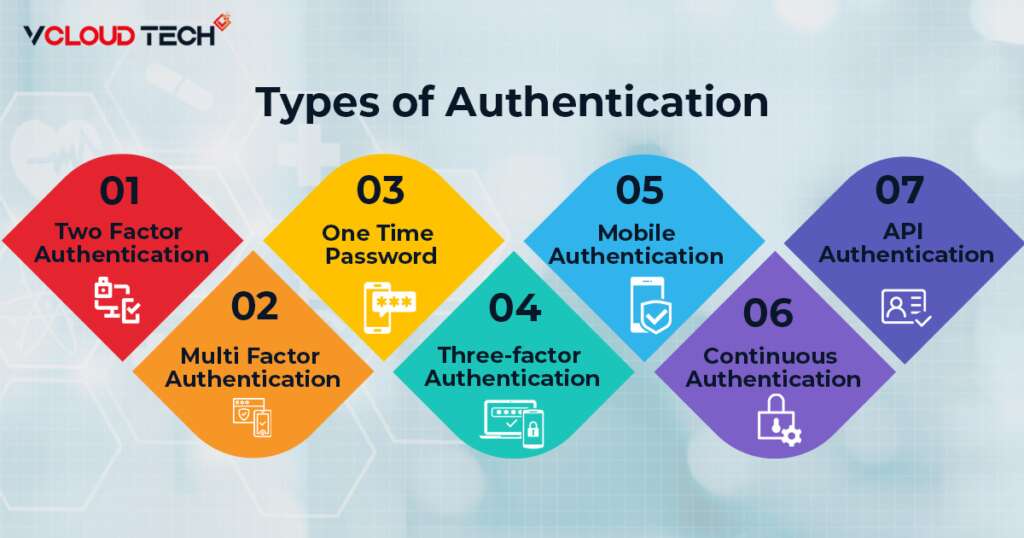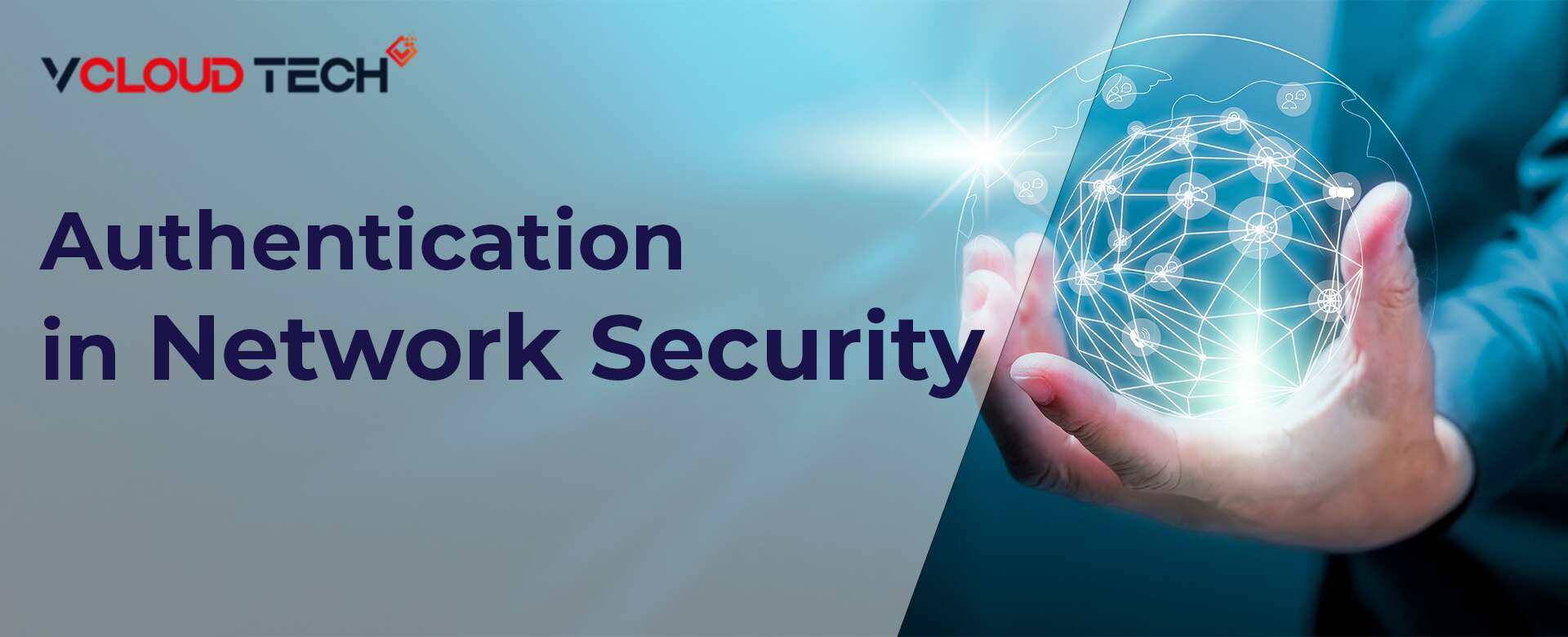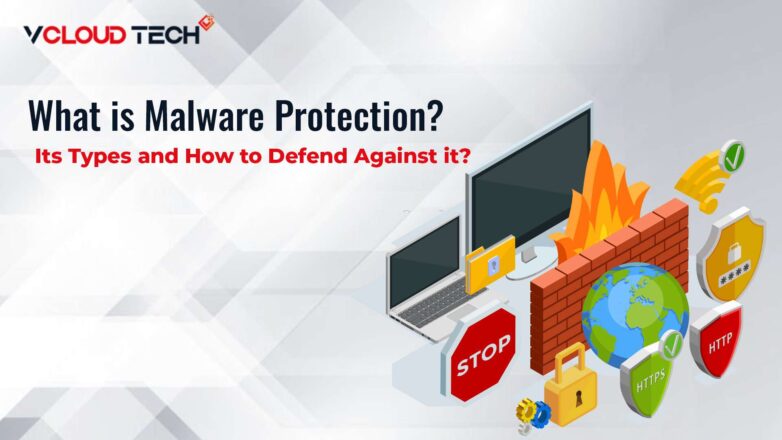What does Authentication mean?
Authentication is validating a user or device before allowing access to a system or resource. By allowing only authorized users or procedures to access protected resources, Businesses may keep their networks secure by using authentication. This category may include computer systems, networks, data, webpages, and other network-based programs or services. User authentication is a technique for validating or verifying the transfer of data or information from humans to machines to determine the authenticity of data subjects. Good Network Security relies on the right people having access to the correct information at the right time. But how do you ensure that users trying to access your system are who they say they are? Authentication is the process of verifying a user’s identity or information. For example, user authentication verifies a user’s identity when logging on to a Computer Network security.
What are the types of Authentication?
For traditional authentication, hashes of the authenticating users and passwords connected to each user store passwords in files. During login, the user checks the password against the values in the password file. Other authentication methods include:

Two-Factor Authentication:
This type of authentication increases the process’ level of security by requesting users to provide a second authentication element in addition to their password. Users of 2FA systems frequently have to enter a verification code created by an authenticator app or one they received via SMS on a which was before cell phone or mobile device.
Multi-Factor Authentication:
Users who utilize this authentication must verify their identities using several auth criteria, including biometric traits like fingerprints and facial recognition. Also, possessing things like security key fobs. Alternatively, an authenticator app produced a token.
One-Time Password:
An OTP is a user authentication tool that automatically generates a number or alphanumeric string. This password often uses by new users or users who have forgotten their password and have an OTP to log in and switch to a new login. It is only suitable for one login session or transaction.
Three-Factor Authentication:
This type of his MFA uses three authentication factors. It typically uses a combination of knowledge factors such as passwords, possession factors such as security tokens, and inheritance factors such as biometrics.
Biometric Authentication:
Biometrics is usually the second or third authentication factor, although some auth systems rely solely on biometrics. Some of the more common types of biometrics include fingerprint scanning, facial or retinal scanning, and voice recognition.
Mobile Authentication:
Users confirmed using the smartphone or the device with mobile auth. Users can access secure sites and services from anywhere by logging in. MFA protocols for mobile authentication can use OTP, biometrics, or fast response codes.
Continuous Authentication:
Enterprise applications calculate authentication scores instead of users logging in or out. That measures the confidence that the account holder is using the device.
Application Programming Interface (API):
Open Authorization, API keys, and HTTP basic authentications are standard techniques for handling API authorization (Auth).
How does Authentication Work?
During authentication, the user’s credentials compare with those stored in a database of authorized user information on the operating business server computer or via an authentication server. If the passwords entered match the credentials in the files and the authenticated entity is authorized to use the resource, the user will be allowed access. The help a user can access and user permissions determine other permissions connected to that user. For example, the number of times users can access resources and the number of resources they can consume. Network Security or Resource Access has traditionally performed authentication. However, some solutions safeguard network data from hackers, such as Check Point SandBlast, which offers Advanced Network Threat Prevention features created to reduce risks. For example, the server uses its password system, login ID, username, and password to authenticate users.
In other words, strong Authentication requires end-her users to re-authenticate every time they access a resource over HTTPS. To simplify user auth for web applications, authentication systems issue signed auth tokens to end-user applications. This token is attached to each request from the client. By comprehending the apps, users, content, and applications on your network security, FortiGate NGFW offers a comprehensive perspective of known and undiscovered threats (ransomware, malicious botnets, zero-day malware, crypto-malware, ransomware, etc. That means the user can log in only sometimes she uses her web application.
What is the difference between Authentication and Authorization?
So, The difference between Authentication and authorization?
Simply put, Authentication is verifying a user’s identity, and Authorization verifies what files, data, and applications the user can access. Once user authentication is complete, authorization grants access to various levels of information and the ability to perform specific functions based on predefined rules set to particular types of users. For example, salespeople can access specific applications and databases to perform their jobs and collaborate effectively.
However, they need network security to access the backend of these servers and the software that the IT department uses to manage the company’s information infrastructure. Known as least Privilege Access (more formally, the principle of least privilege [POLP]), this security strategy ensures that users are only allowed access to the information and systems they need to do their jobs. That protects your company’s data by limiting the number of users accessing sensitive information, making threats less likely to be attacked. Organizations can use Authentication and authorization as part of their strategic framework to intelligently control access to their systems.
What are the Authentication Factors?
The simplest type involves verifying a user’s identity using their user ID and password. It requires the user to be aware of a user ID, sometimes a username and a password. She uses single-factor authentication (SFA) for this kind of authentication. The term “strong authentication” is typically used to refer to a type that is more dependable and resistant to attacks. Barracuda CloudGen Firewall is a collection of physical, digital, and cloud-based devices that help protect and enhance your network security dispersed infrastructure. Therefore, an authorization factor is a data element or set of attributes used to authenticate a person making a system access request. According to an old security proverb, an authentication system could be anything you know, possess, or are. Time is the fifth factor, whereas location is frequently the fourth.

Authentication Factors in use today include:
Knowledge Factor:
A knowledge factor, or something you know, is a credential that consists of the user’s information, such as personal identification numbers (PINs), usernames, passwords, answers to network security questions, and so on.
Possession Factor:
The possession factor, sometimes known as “what you have,” is determined by the things a user may hold and carry, including physical objects like network security tokens and cellular services that utilize to receive text messages or perform authentication. Any credential will do.
Inherence Factor:
Biometric identification, such as fingerprints or fingerprints, facial recognition, retina scanning, or other biometric data, is often the basis for The Inherence Factor, or yourself.
Location Factor:
The location factor occasionally supports other aspects, even if it may differ from where you are. Global Positioning System-equipped gadgets can pinpoint your location with great accuracy. Determined or less accurate by checking network security addresses and routes. The location element typically cannot authenticate on its own but can complement other aspects by providing a means of excluding some requests.
Time Factor:
As with the location factor, the time factor or timing of Auth alone is not sufficient but can be a supplementary mechanism to fend off attackers attempting to access a resource when that resource is not available to authorized users.
Reach out to us and book a Free Consultation with vCloud Tech or chat with one of our representatives. Connect with us on Twitter, Facebook, Instagram, and LinkedIn for more information.









